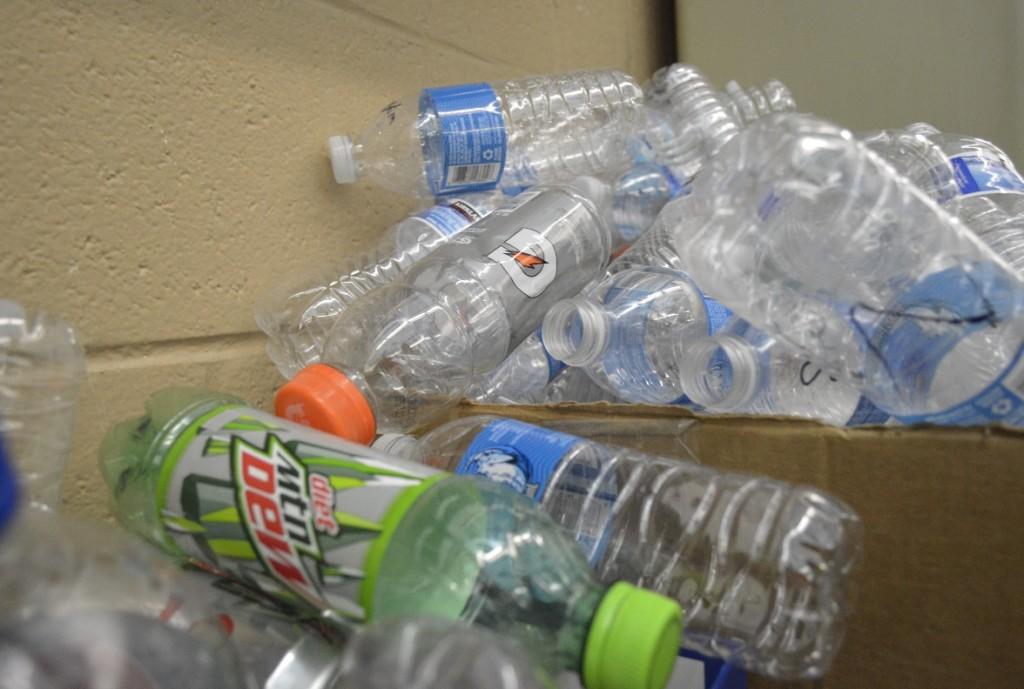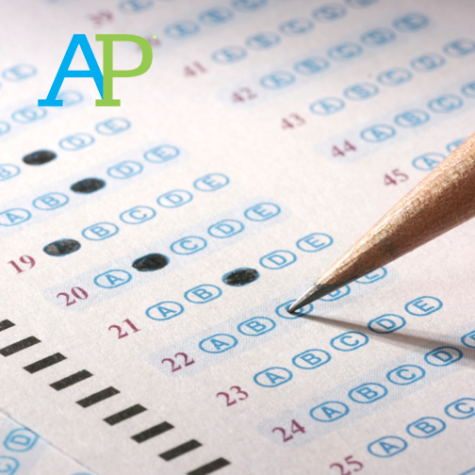Recycling – a necessary process
A collection of plastic bottles piled up for recycling.
Students hurry through the hallways after lunch, hoping to make it to class before the bell rings. They walk through the door taking the final sip of their Coca-Cola or water, tossing the bottle into the trash can without a single glance. One glance, however, would show the student another way to dispose of thay bottle. Placed right next to the trash can sits a recycling bin, filled with half as many cans and bottles.
It may not seem very important, but putting bottles, cans, and paper into the recycling bin can do a lot. Recycling 100 cans can save enough energy to light a room for two weeks. That is an incredible amount of energy that could be preserved for a more beneficial cause. This factor is one of many factors that have gained support for recycling in public organizations.
These organizations have decided to step up and make the separation between trash and recyclables more pronounced. The average rate of recycling in schools is about 33 percent and increasing. As one of these schools encouraging this increase, Adams has demonstrated participation in environmental events, recycling, and moderate use of energy.
Special Education teacher Clay Cumiskey helps the students in his class in their collection and management of recyclables from participating classrooms.
This participation has enabled some teachers to utilize special recycling bins in their classrooms to collect bottles, cans, and paper. It does not, however, give all of the teachers this opportunity. In a world where recycling is of the utmost importance, there is a limited supply of bins available. This shortage leads to a competitive first come, first serve system. Despite the competitive setup, recycling is an objective that can be fulfilled through cooperation. Some teachers who were not able to receive a recycling bin from the school assist in the process by pitching in on their own and providing their own boxes. They place the boxes next to the trash cans with a sign directing recyclables to be placed there.
People do not think about what happens to the items that they toss into the trashcan. This results in about 4.7 pounds of waste per person a day. The excess food in the waste deteriorates when placed in landfills, but plastic remains in the ground as it was originally placed. Plastic releases over 50 chemicals into the earth that are harmful and increase pollution in the air and water. This is not only detrimental to the earth, but also to its inhabitants. The plastic’s chemicals can lead to various types of diseases including multiple types of cancers. These effects are easily forgotten when handling the reusable materials; however, it is worth remembering.
This is a problem that affects many generations to come. On average, people throw away 600 times his or her weight in trash. That’s about 90,000 pounds of trash to be dealt with by future generations. It’s the job of this generation to improve the environment’s conditions to be less harmful.
Recycling a bottle can save energy, assist future generations, and clean the air, the earth, and our bodies. With the opportunity to improve these aspects, there is no reason to be a part of these harmful statistics.











